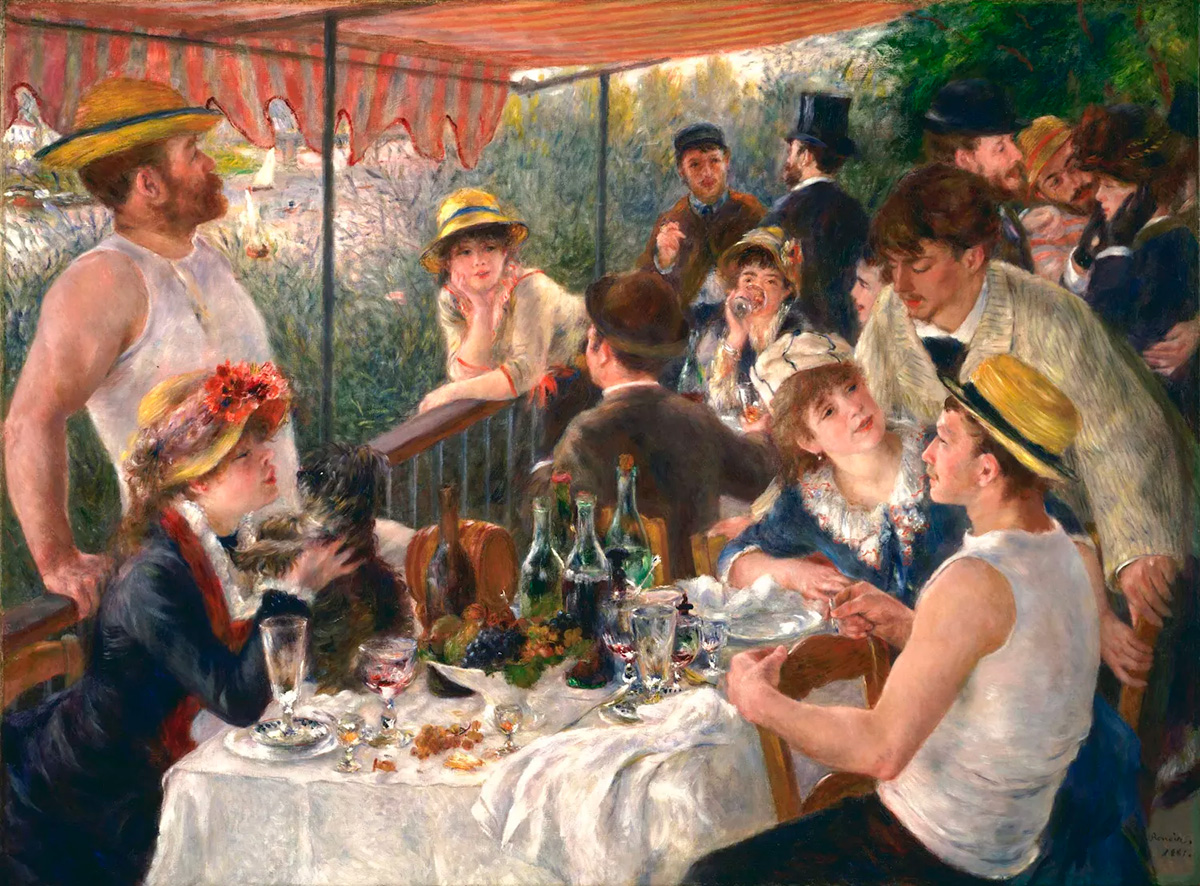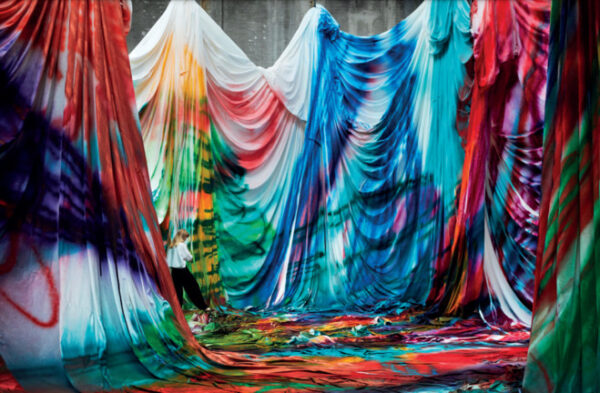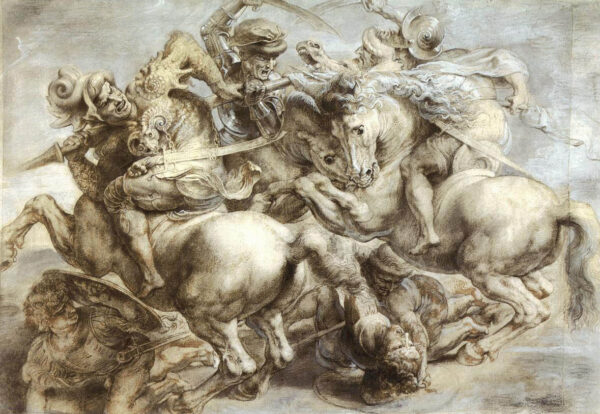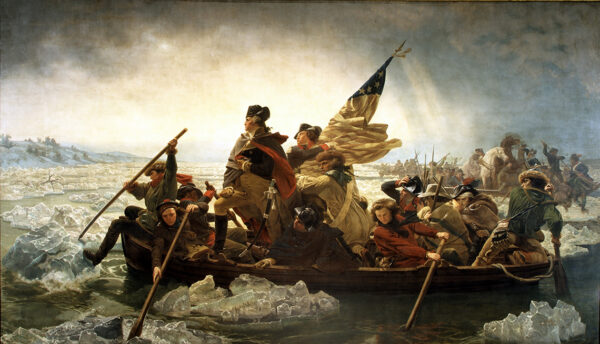From Impressionism to Modernism
Impressionist artists like Claude Monet, Edgar Degas, and Pierre-Auguste Renoir revolutionized the scene by focusing on fleeting moments and the play of light. Models were often depicted in natural settings and everyday situations, moving away from the formal and static poses of earlier periods. Monet’s series of haystacks and water lilies, for example, were less about the individuals and more about the interaction of light and color.
Degas, known for his depictions of ballet dancers, portrayed his models in various stages of rehearsal, capturing the grace and effort of their movements. His works, such as The Dance Class, provided an intimate glimpse into the world of ballet, highlighting the daily toil behind the performance. Renoir’s vibrant and joyous depictions of social gatherings, such as Luncheon of the Boating Party, emphasized human connection and interaction, with models often being friends and fellow artists.
Vincent van Gogh, a key figure in Post-Impressionism, brought an emotional intensity to his works. His portraits, such as those of his friend and postman Joseph Roulin, were imbued with a deep sense of character and feeling. Van Gogh’s bold use of color and expressive brushwork laid the foundations for modern art’s exploration of the psychological and emotional states of both the artist and the subject.
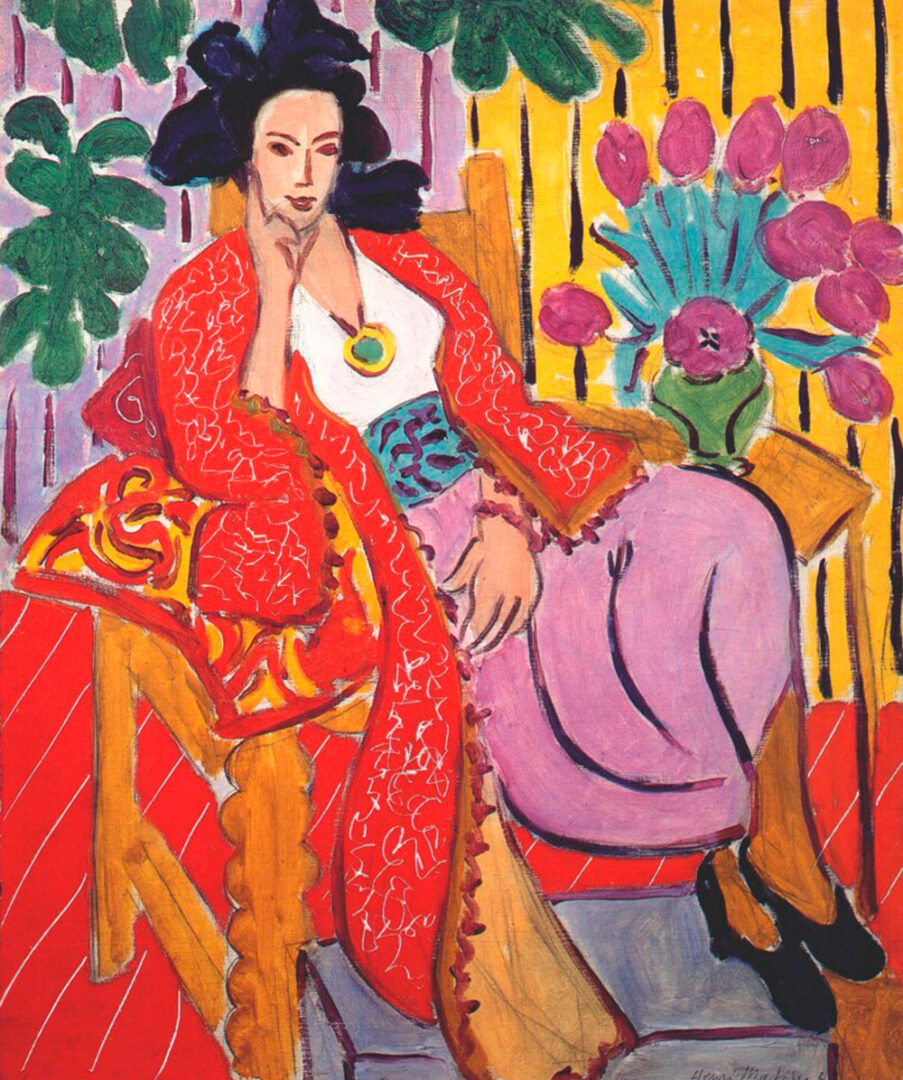
Modernism: Breaking Boundaries
The dawn of the 20th century brought with it Modernism, a period marked by experimentation and the breaking of traditional boundaries. Pablo Picasso and Henri Matisse were among the leading figures who redefined the relationship between artist and model. Picasso’s Les Demoiselles d’Avignon broke with conventional representations of the human form, introducing a fragmented, cubist approach that challenged viewers’ perceptions.
Matisse, with his bold use of color and simplified forms, created works that were both decorative and profound. His series of odalisques, featuring models in exotic settings, blended the real and the imagined, reflecting his fascination with the Orient and his desire to evoke a sense of timeless beauty.
Surrealism and Abstract Expressionism: Inner Worlds and Emotions
Surrealist artists like Salvador Dalí and René Magritte tapped into the boundless and immensely creative magic of the subconscious, that space where the impossible occurs, where desires and fears converge. They used their models to explore dreams, fantasies, and the strange. Gala, Dalí’s wife, often served as his muse, appearing in numerous works that combined meticulous detail with fantastical elements. Magritte’s enigmatic paintings featured ordinary people in extraordinary contexts, prompting viewers to question reality and perception.
Abstract Expressionism, led by artists like Jackson Pollock and Willem de Kooning, shifted the focus from the model’s external appearance to the artist’s internal experience. Pollock’s drip paintings were a physical manifestation of his emotional and psychological state, while de Kooning’s abstracted figures, such as those in his Woman series, conveyed a raw, visceral energy.
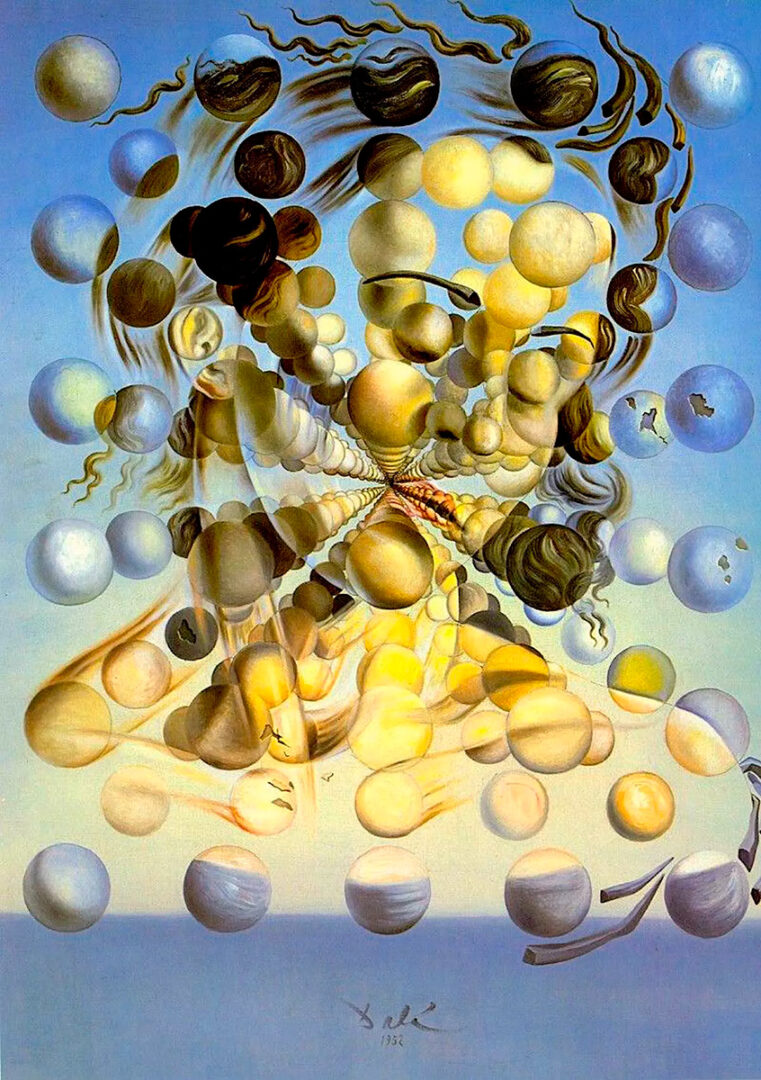
Pop Art and Contemporary Perspectives: The Model as Icon and Collaborator
In the mid-20th century, Pop Art emerged, with figures like Andy Warhol transforming the model into an icon. Warhol’s portraits of celebrities such as Marilyn Monroe and Elvis Presley blurred the lines between art and commerce, emphasizing the superficial and mass-produced nature of fame. His use of repetition and bold colors turned his subjects into symbols of consumer culture.
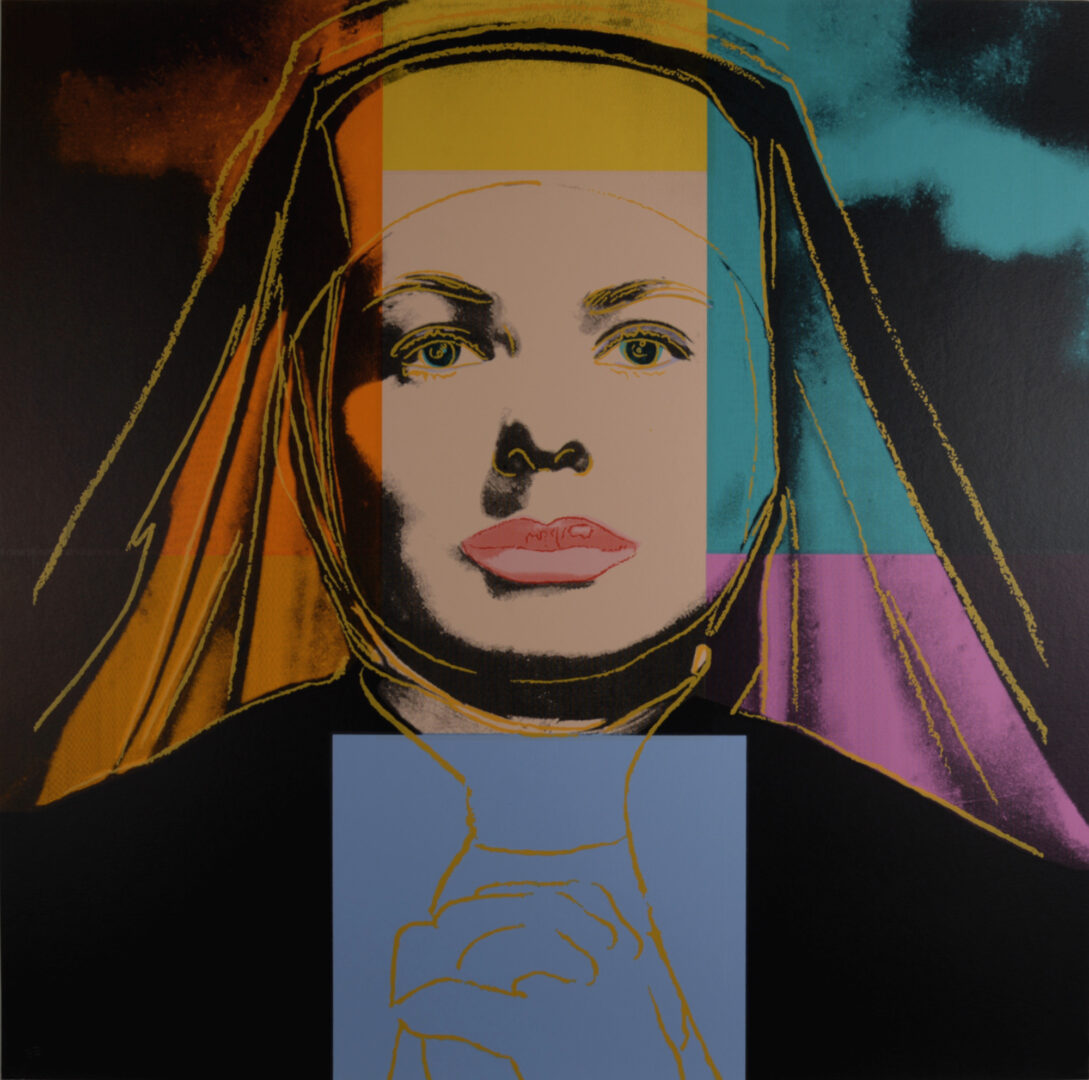
In contemporary art, the relationship between artist and model has become increasingly collaborative. Photographers like Cindy Sherman and painters like Kehinde Wiley challenge traditional representations by placing their models in new, often provocative contexts. Sherman, through her series of self-portraits, questions identity and the roles imposed on women, while Wiley’s vibrant portraits celebrate Black individuals, reimagining them in poses inspired by classical European paintings.
And suddenly, the digital age, the time that overturns everything…
In the digital age, artists like Ai Weiwei and Yayoi Kusama use technology and interactive installations to engage their audience, blurring the lines between the model, the artist, and the viewer. Social media platforms have also democratized the role of the model, allowing anyone to become both subject and creator, further evolving the dynamic between artist and muse.
As we look to the future, the role of the model in painting continues to be redefined, reflecting the ever-changing landscape of art and society. From passive subjects to active collaborators, models remain integral to the creative process, embodying the diverse and multifaceted nature of human expression.
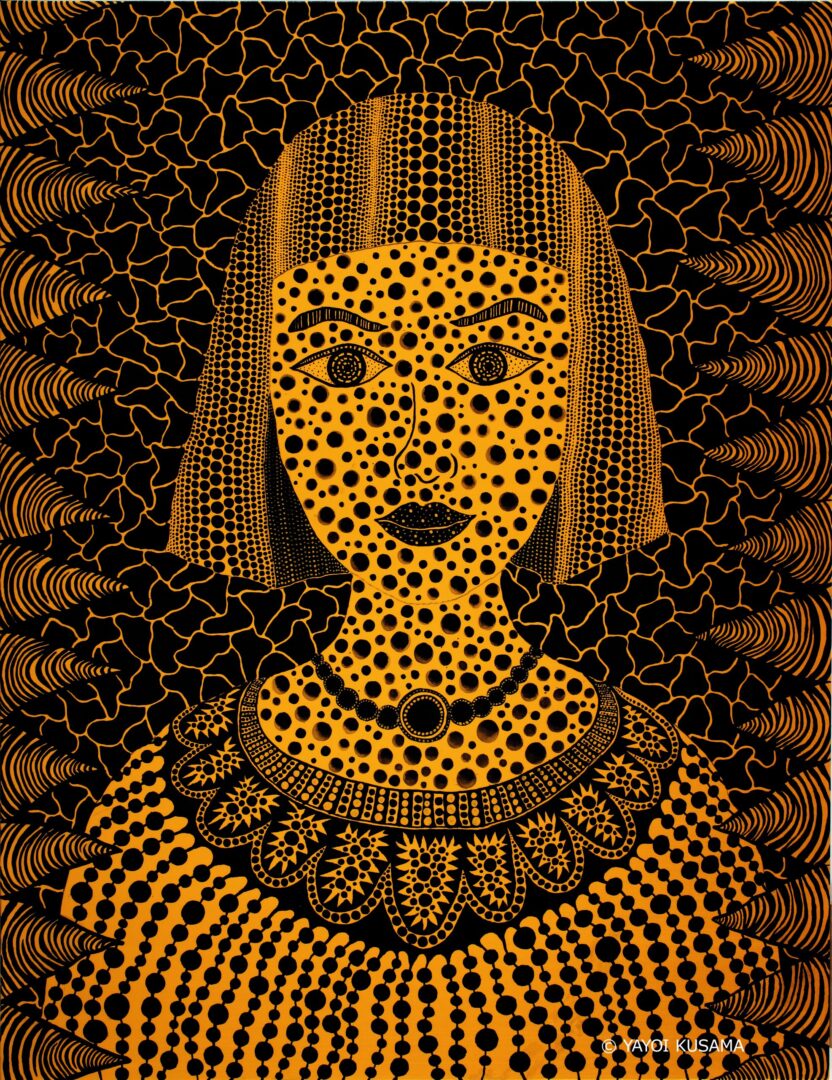
Ismael Terriza Reguillos
Journalist and Communications Director of Target Painting Prize

